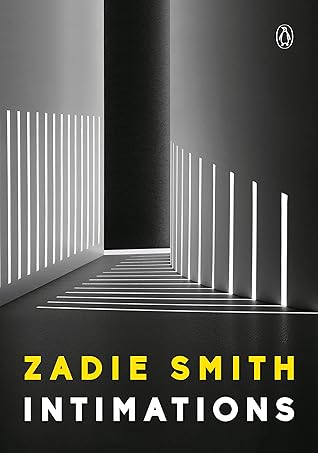More on this book
Community
Kindle Notes & Highlights
I was to pay attention to “clocks.” They needn’t. There were special words for me, lurking on the horizon, prepackaged to mark the possible future stages of my existence. I might become a spinster. I might become a crone. I might be a babe or a MILF or “childless.” My brothers, no matter what else might befall them, would remain men. And in the end of it all, if I was lucky, I would become that most piteous of things, an old lady, whom I already understood was a figure everybody felt free to patronize, even children.
Whether the “natural” part of my womanhood is an essential biological fact or an expression (as de Beauvoir argued) of an acculturation so deep it looks very much like roots growing out of the bulb, at this point in my life I confess I don’t know and I don’t care. I am not a scientist or a sociologist. I’m a novelist. Who can admit, late in the day, during this strange and overwhelming season of death that collides, outside my window, with the emergence of dandelions, that spring sometimes rises in me, too, and the moon may occasionally tug at my moods, and if I hear a strange baby cry some
...more
There is a fear, when all of this is said and done, that America will lead the world in it. And yet, perversely, the supposed democratic nature of plague—the way in which it can strike all registered voters equally—turns out to be somewhat overstated. A plague it is, but American hierarchies, hundreds of years in the making, are not so easily overturned.
Death has come to America. It was always here, albeit obscured and denied, but now everybody can see it. The “war” that America is waging against it has no choice but to go above, around and beyond an empty figurehead.
What strikes me at once is how conflicted we feel about this new liberty and/or captivity.
Confronted with the problem of life served neat, without distraction or adornment or superstructure, I had almost no idea of what to do with it. Back in the playpen, I carved out meaning by creating artificial deprivations within time, the kind usually provided for people by the real limitations of their real jobs. Things like “a firm place to be at nine a.m. every morning” or a “boss who tells you what to do.” In the absence of these fixed elements, I’d make up hard things to do, or things to abstain from. Artificial limits and so on. Running is what I know. Writing is what I know. Conceiving
...more
Love is not something to do, but something to be experienced, and something to go through—that must be why it frightens so many of us and why we so often approach it indirectly.
the most powerful art, it sometimes seems to me, is an experience and a going-through; it is love comprehended by, expressed and enacted through the artwork itself, and for this reason has perhaps been more frequently created by people who feel themselves to be completely alone in this world—and therefore wholly focused on the task at hand—than by those surrounded by “loved ones.”
I can’t rid myself of the need to do “something,” to make “something,” to feel that this new expanse of time hasn’t been “wasted.” Still, it’s nice to have company. Watching this manic desire to make or grow or do “something,” that now seems to be consuming everybody, I do feel comforted to discover I’m not the only person on this earth who has no idea what life is for, nor what is to be done with all this time aside from filling it.
now there is no clocking off ever, and no drowning of artistic anxiety in a party or conversation or frantic exercise.
I don’t think I’ve had more than five manicures in twenty years, primarily because you can’t read a book at the same time. Any beauty treatment that doesn’t accommodate reading—or takes much more than ten minutes—I find I can’t accept,
I always tell my students: “A style is a means of insisting on something.” A line of Sontag’s. Every semester I repeat it, and every year the meaning of this sentence extends and deepens in my mind, blooming and multiplying like a virus, until it covers not just literary aesthetics and the films of Leni Riefenstahl but bedrooms, gardens, makeup, spectacles, camera angles, dances, gaits, gestures, sexual positions, haircuts, iPhone covers, bathroom taps, fonts, drink orders, dogs and people, and so much more—but people above all.
The statement, The police are investigating this as a hate crime always prompts in me the query: when it comes to murder, what other kind of crime is there? I realize that’s banal but I can’t help it. I think what I resent is not the recognition of a murderer’s motivation—which should never be obscured—but an elevation of importance in what strikes me as the wrong direction. To think of a hate crime as the most uniquely heinous of crimes seems to lend it, in my mind, an undeserved aura of power.
That I was considered “ugly” young and “beautiful” later. That by the time the external opinion changed it was too late to create any real change in me.


